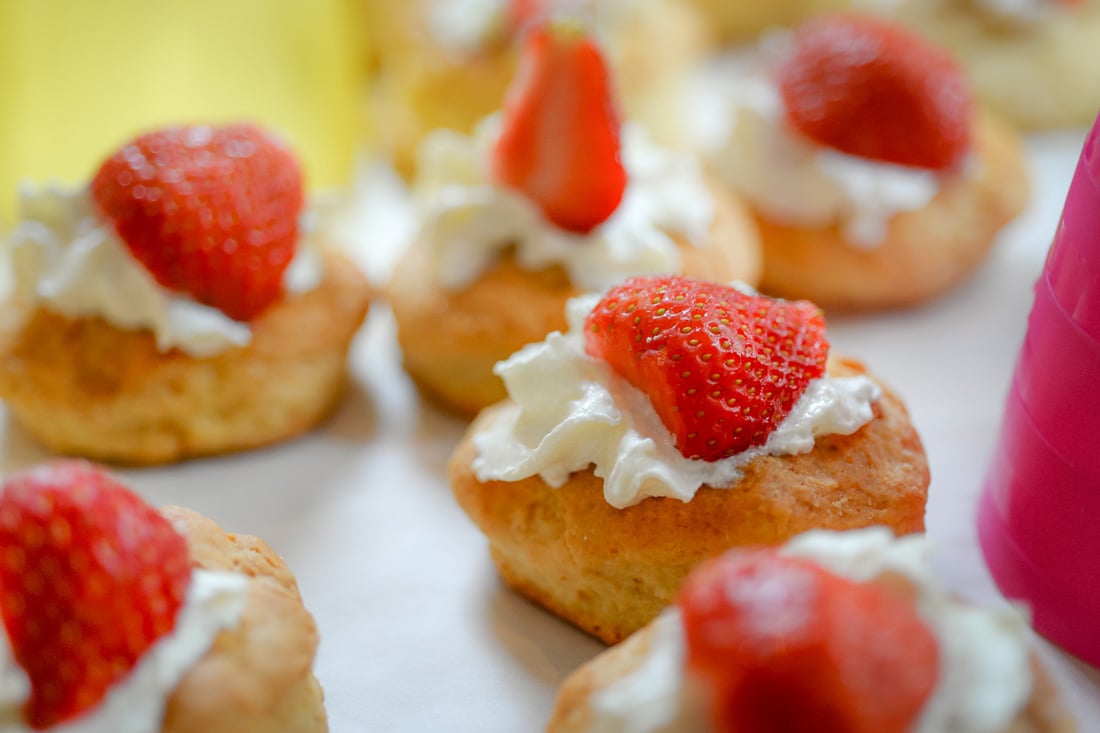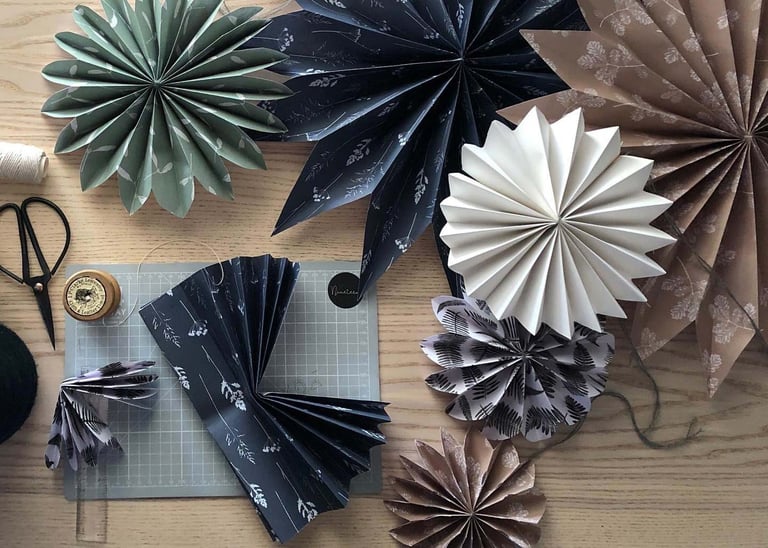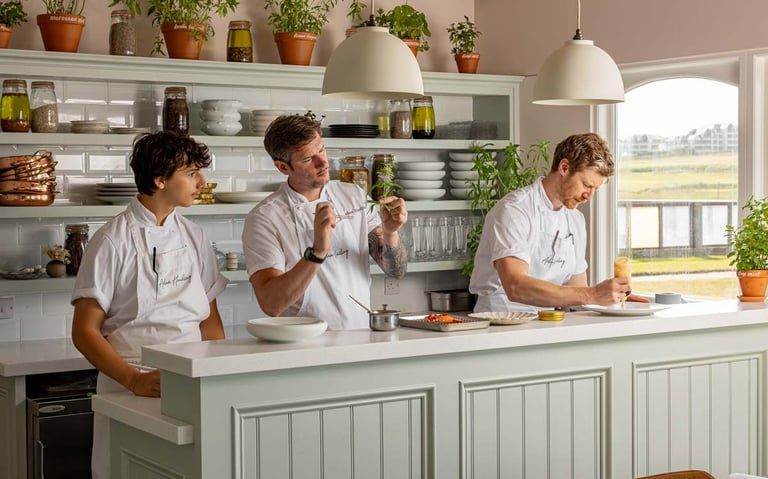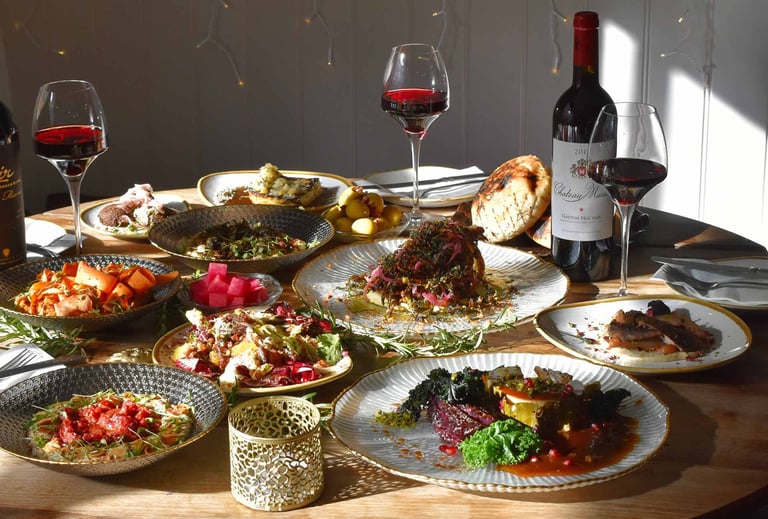Cream tea: is Devon or Cornish the best?
There’s surely nothing more British than the traditional cream tea. This culinary institution has been delighting people for generations, and chefs and tea shop owners have got its preparation down to a fine art.
Both Devon and Cornwall, counties in the UK, claim to make the best version of this quintessentially British meal. But who is right? Should you go for Devonshire or Cornish cream tea? And what exactly is the difference, anyway?

What is a cream tea?
You may have seen the terms cream tea, high tea, and afternoon tea used interchangeably. They sound the same, but they are actually very different. Afternoon tea includes tea as well as a selection of treats like cakes, sandwiches, scones, and sweet tarts. High tea is more like a meal than a snack and is actually a full collection of sandwiches, bread, cheese, cold meats, and more. It is traditionally the meal consumed by workers in the evening after a long day in the factory.
Cream tea is a special affair. It involves servings of tea, often speciality tea, along with scones, jam, and clotted cream. Cream teas were established first in Cornwall and Devon, south-westerly counties of the UK. And both counties offer their own slightly different take on the tradition.
Differences between Devon and Cornish cream teas
Cream tea is certainly a much-loved institution. There’s even a National Cream Tea Day (it’s the last Friday in June.) Both Devon and Cornwall do it differently. But how?
The key is in the position of the cream in relation to the jam. In Devon, the scone is finished with cream first and then jam on the top. This has been the way since the first cream teas served from Tavistock Abbey in the early 11th century. In Cornwall, however, the cream always goes on top of the jam.
What’s best: Devon or Cornish?
Those in favour of the Devonshire method state that as cream is like butter, it stands to reason that you don’t put butter on top of jam if you enjoy a piece of toast. Others say that the reason for this combination is that jam was traditionally more expensive, and therefore only a little would be added to the top of the scone. Plus, you can put more cream on the scone if you put it on first.
On the side of the Cornish cream tea, people say it’s easier to spread jam on the scone than cream and simpler to add the cream afterwards with less mess. Proponents of the Cornish way also say it tastes better with the cream uppermost. Plus, they say, you wouldn’t put the cream at the bottom of a dessert or a fruit salad.
So there you have it. The order in which you put cream and jam on your scones doesn’t really affect the taste, although, apparently, science says the Devon way is the best – experts claim that this results in the ideal sweetness balanced out by the creaminess of the scone and clotted cream. Enjoying a cream tea either way results in a highly pleasurable experience and it really is down to personal taste how you achieve the end result.







